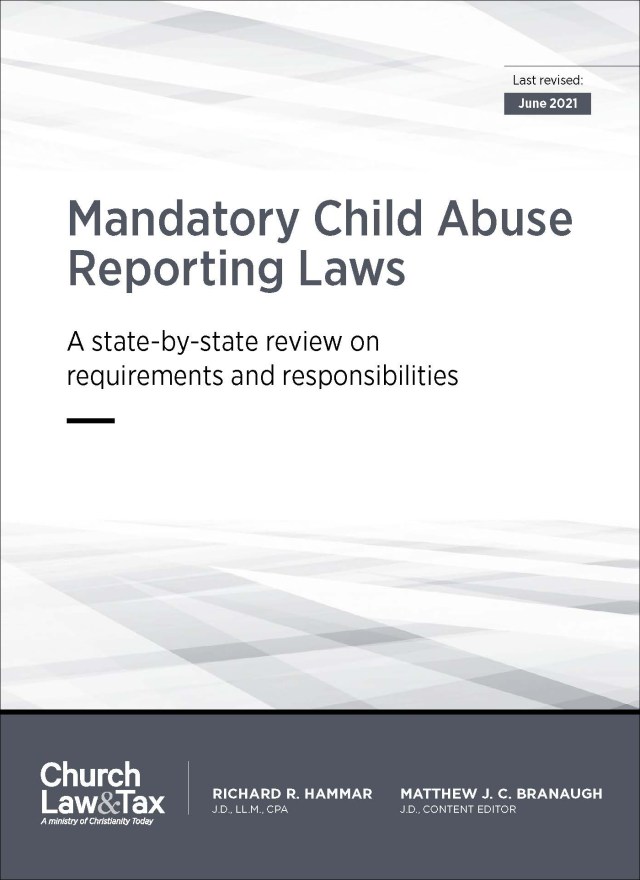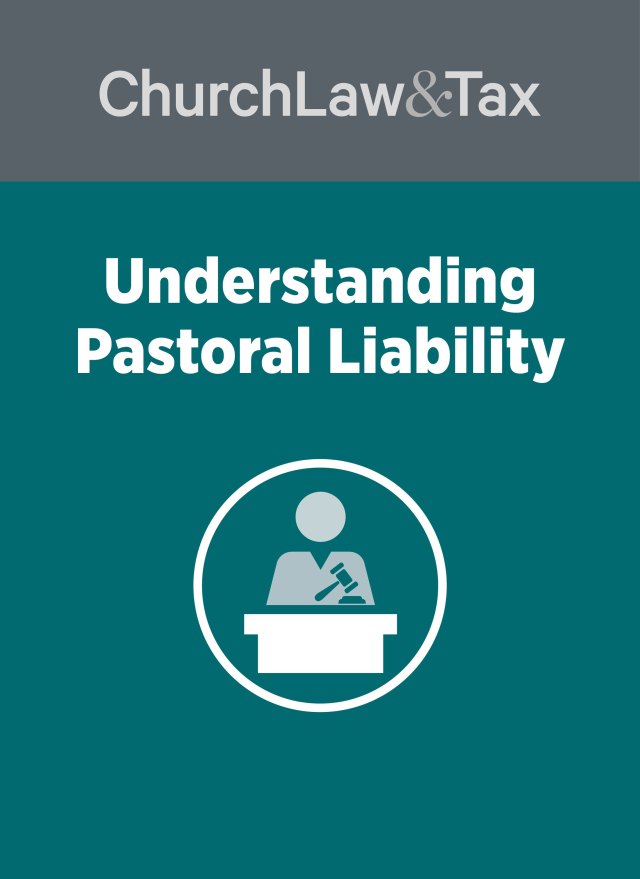Key point 10.19. There are several legal risks associated with the use of cellphones by church employees and volunteers, including liability for distracted driving while using a cellular device, punitive damages, personal liability of board members, invasion of privacy, and admissions against interest.
Key point 4-11.1. Clergy who engage in sexual contact with an adult or minor are subject to civil liability on the basis of several legal theories. They also are subject to criminal liability.
A North Carolina court affirmed the conviction of a former church youth group leader for his repeated attempts to engage in “sexting” with three adolescent members of the church’s youth group. The case provides a direct reminder of the civil and criminal liability that adults, including clergy, can face when they engage in sexual contact with another adult or minor.
Background: The defendant requested pictures on Snapchat
A church’s youth group allowed older members of the church to act as leaders and mentors to the children. One of the adult leaders (the “defendant”) became very close with a few of the younger children in the group. They would do things outside of church such as:
- play games in the neighborhood
- go fishing
- drive around in the defendant’s car
- go shopping
The defendant’s relationship with at least two of the boys got to the point where he moved in and lived with their families for some time.
Eventually, the nature of the defendant’s relationship with the boys changed, and three boys (Victims 1, 2, and 3) accused the defendant of using Snapchat to request pictures of their genitals.
When Victim 1 was 15, the defendant began asking him for pictures of his genitals every night for at least three months. The defendant was 21 years old at the time.
When Victim 1 refused to send pictures of his genitals, the defendant got mad, cursed at him, and told him that he didn’t want anything to do with him. Victim 1 never sent the requested pictures and blocked the defendant on Snapchat.
When Victim 2 was 14 years old, the defendant began asking him for pictures of his genitals via Snapchat. The requests continued almost every night for a few months, and the defendant even offered to buy Victim 2 fishing gear and to give him money if he sent the nude pictures.
Despite Victim 2 telling the defendant “no,” the defendant continued to ask. The defendant would get frustrated and tell Victim 2 that he did not want anything to do with him. Victim 2 blocked the defendant on Snapchat and told Victim 3 about it.
Victim 3 was familiar with the defendant’s actions because the defendant sent him the same requests. However, Victim 3 divulged sensitive information to the defendant in a private conversation prior to the requests, and the defendant used that information as leverage. One night, he told Victim 3 that it would “be a shame if everybody found out about your history.” Victim 3 was afraid and sent the defendant a picture of his genitals.
Charged with attempted second-degree sexual exploitation
Victim 2 finally told his father about the defendant’s behavior. The defendant contacted Victim 2’s father via text message and repeatedly apologized for what he had done and prayed for forgiveness.
Victim 2’s parents contacted the local sheriff who then contacted the state bureau of investigation (SBI). The SBI was unable to access the defendant’s messages during the investigation because the messages had been deleted and were never stored on Snapchat or on the victims’ phones.
The defendant was charged with two counts of attempted second-degree sexual exploitation of a minor. A jury found him guilty on both counts, and the trial court sentenced him to an active prison sentence term of 32 months to 58 months. The defendant appealed.
Appeals court affirmed conviction and sentence
A state appeals court affirmed the defendant’s conviction and sentence:
In order to establish the elements of an attempted sex crime against a minor, the State must show: (1) the intent to commit the substantive offense, and (2) an overt act done for that purpose which goes beyond mere preparation, but (3) falls short of the completed offense. . . .
Defendant sent dozens of Snapchat messages to [the victims] over many months containing the same request to see their genitals. Defendant took additional steps in furtherance of the attempted exploitation by offering money and gifts in exchange for nude photos. Defendant also used his “older brother” relationship in attempt to coerce [the boys] into sending him the pictures. When they refused, he expressed his frustration and threatened to not have anything else to do with them. Defendant even admitted that his messages were indecent and repeatedly asked for forgiveness for his conduct. The State also offered additional evidence of the defendant’s intent by showing that he had already successfully solicited and received nude pictures of another teenager’s genitals at least once before by using similar behavior and conduct. The evidence was uncontroverted at trial. This was substantial evidence of each essential element of second-degree exploitation of a minor, and of defendant being the perpetrator of such offense. Accordingly, the trial court did not err in denying defendant’s motion to dismiss.
What this means for churches
This case is important for three reasons.
First, it demonstrates the problems that can occur when using mobile devices and social media. The best practice for church leaders is to prohibit cellphone, email, and social media interactions between youth leaders (both employees and volunteers) and minors, and to respond immediately with appropriate discipline if this policy is violated.
A good response to those who consider such a policy too restrictive is to contact your local public school district and find out its policy with regard to mobile device and social media communications between teachers and minors. Many school districts absolutely prohibit such communications.
Second, the defendant’s actions in this case graphically demonstrate the risks associated with grooming. The US Department of Justice, Office of Sex Offender Sentencing, Monitoring, Apprehending, Registering, and Tracking (SMART) uses the following definition of grooming:
Grooming is a method used by offenders that involves building trust with a child and the adults around a child in an effort to gain access to and time alone with her/him. In extreme cases, offenders may use threats and physical force to sexually assault or abuse a child. More common, though, are subtle approaches designed to build relationships with families.
The offender may assume a caring role, befriend the child or even exploit their position of trust and authority to groom the child and/or the child’s family. These individuals intentionally build relationships with the adults around a child or seek out a child who is less supervised by adults in her/his life. This increases the likelihood that the offender’s time with the child is welcomed and encouraged.
One court defined grooming as:
[A] systematic process where the sole goal is to gain access to the child for inappropriate sexual behavior. Sometimes the child can be groomed quickly, but other times it can take years. Examples of grooming include buying the child a gift, befriending him, and condoning his behaviors that others disapprove of. Secrecy plays a large part in grooming by enhancing the offender’s control over the victim. This control is used to drive a wedge between the victim and his friends and family. The offender may also buy gifts or offer alcohol or drugs to the victim to entice him to stay with her instead of spending time with his friends and family.
Common examples of classic grooming behavior include:
- an adult youth leader demonstrates excessive interest in a minor
- gifts
- trips and outings
- spending time alone with a minor, either in person or via email and social media
- minors spend time, including overnight, in a youth leader’s home
- providing a minor with alcoholic beverages or narcotic drugs
- providing sexually explicit materials to a minor
Third, as this case illustrates, child molesters often “seduce” a child’s parents, making it more likely that their attempts to have sexual contact with a minor will succeed.
For additional suggestions for preventing vulnerabilities in children’s and youth ministries, see “Minimizing the Risks of Child Molestation in Churches,” “Defending Youth Ministries from 8 Critical Risks,” and Church Law & Tax’s sexual abuse awareness training program, Reducing the Risk (available online and as a DVD-based program). State v. Ownby, 847 S.E.2d 83 (NC App. 2020)




